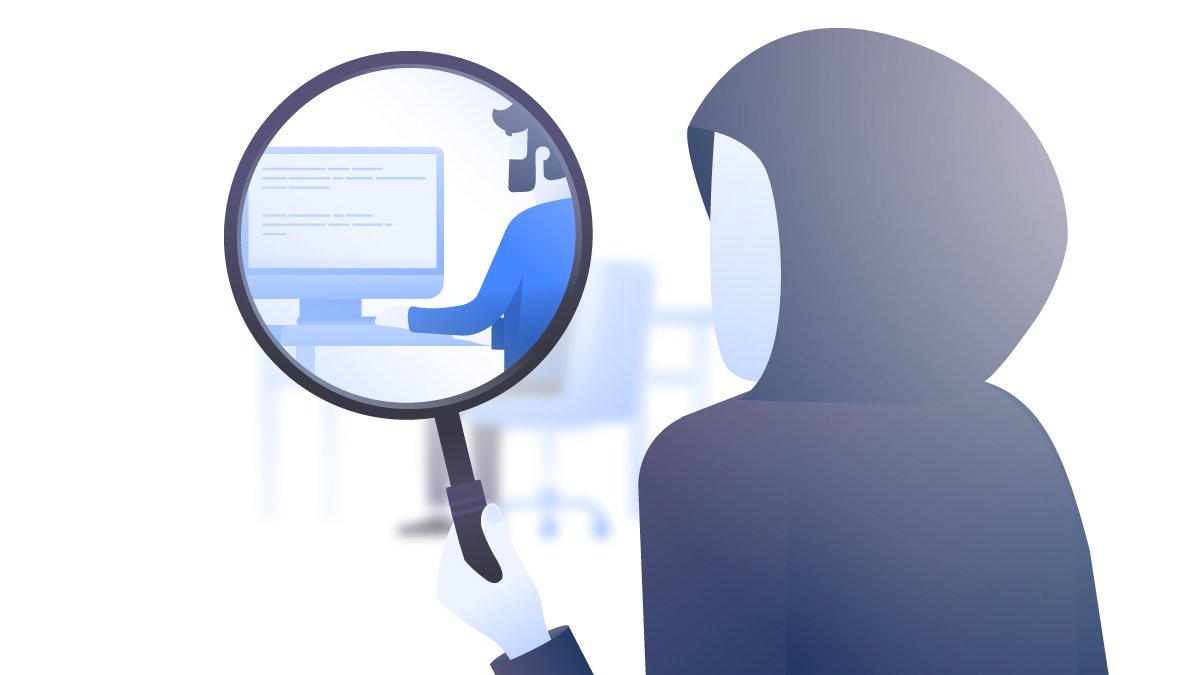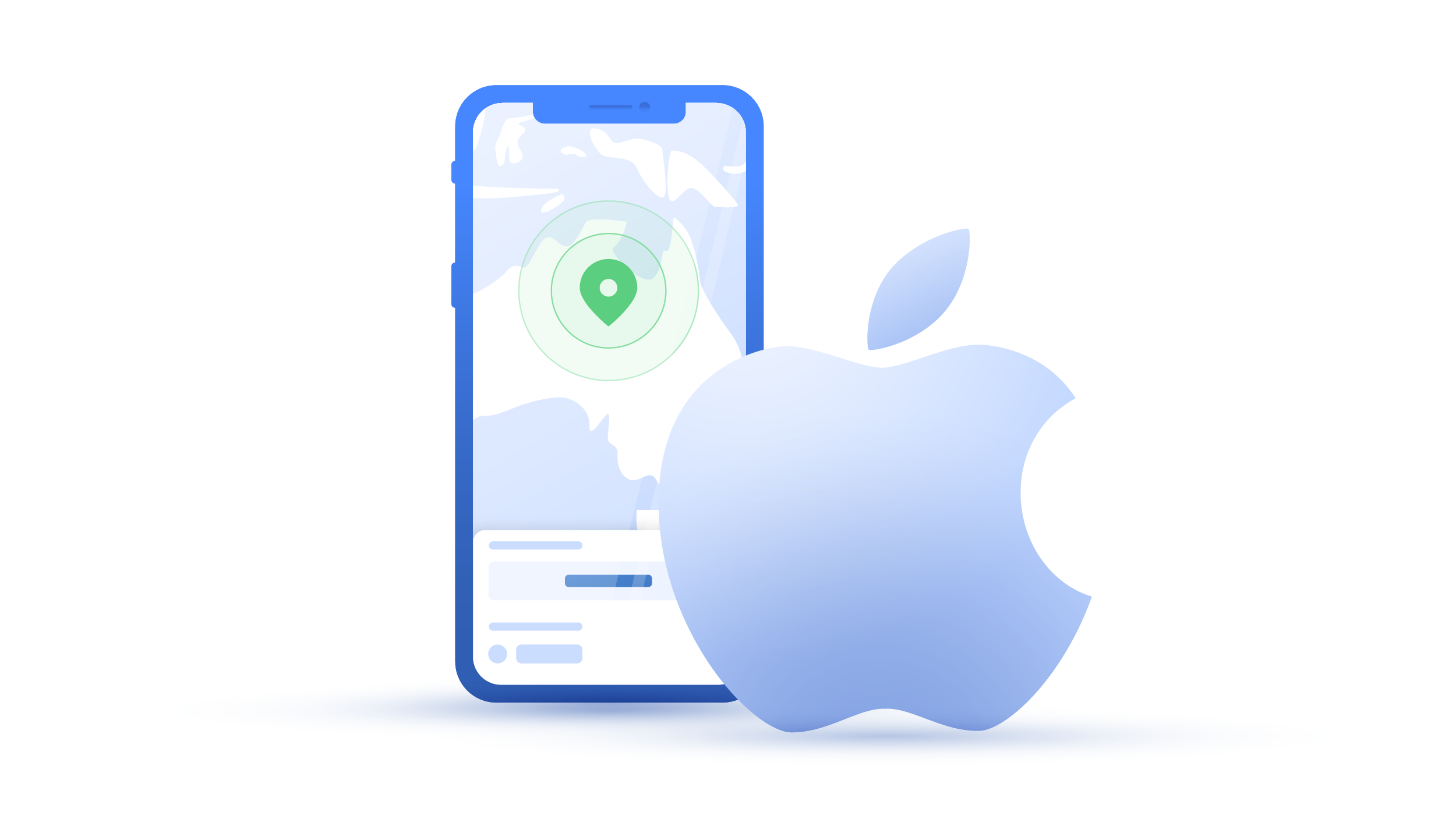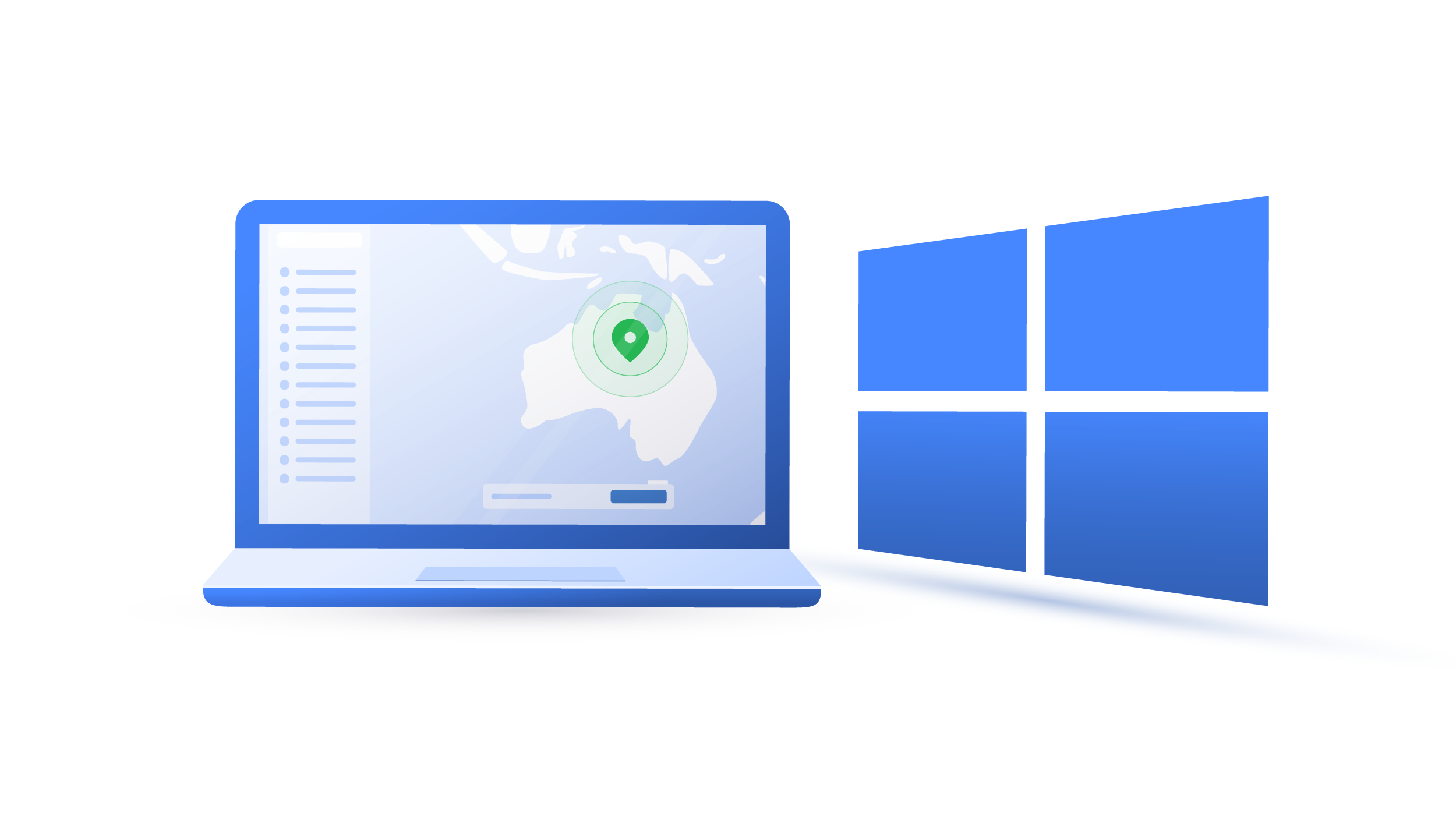Cyberstalking: definition and laws
We put so much of our lives online that it has become extremely easy for someone to stalk you. Your interests, events you’re attending, places you visit, your workplace, email, and even your phone number can be found with just a little bit of digging.
Sybil Andrea
Feb 11, 2020 · 6 min read

Cyberstalking is common — at least 40% of adults report experiencing some sort of harassment online, including stalking, with the majority of targets being women. Let’s take a closer look at how to recognize it, prevent it, and what to do if you find yourself on a creeper’s radar.
Contents
What is cyberstalking?
In the real world, stalking is unwanted obsessive attention to a specific person. Physical stalking can involve following, secret surveillance, persistent and manipulative calling and texting, and other means of approaching the victim unexpectedly.
What do cyberstalkers do? In the digital world, cyberstalkers are driven by the same intention as in the real world – to embarrass, threaten, or harass their victims. However, they primarily rely on online technology to do it. Email, social networks, instant messaging, personal information available online – everything on the Internet can be used by cyberstalkers to make inappropriate contact with their victims.
That is not to say that checking out someone’s social media is online stalking. ‘Doing research’ on your newly hired coworker’s Facebook or Instagram is not stalking.
Cyberstalking is way more serious as it involves nefarious intentions, ranging from false accusations and defamation to sexual harassment and even encouraging others to harass the victim. In many cases, physical and digital stalking interconnect, making it even more threatening.
NOTE: Cyberstalking and cyberbullying overlap in many places. If you’re looking for tips on how to identify and prevent cyberbullying, click here.
Examples of cyberstalking
#1: Catfishing
Catfishing occurs on social media sites when online stalkers create fake user profiles and approach their victims as a friend of a friend or expressing romantic interest. To look more like a real person, cyberstalkers sometimes copy the profiles of existing users, impersonating their identities.
If you suspect you’re being catfished, these tips can help you identify a fake user:
- Take a look at the friends list. Catfishers rarely have more than 100 friends.
- Save the profile picture and run a reverse image search on Google. If you get links to multiple profiles, it’s a warning sign of an imposter.
- Review the user’s photos. If there are only selfies, single-person shots or stock-style pictures, it is likely they aren’t real.
- Suggest making a video call and see how the person reacts. If he or she starts making excuses, you can suspect that you’re talking to a catfisher.
#2: Monitoring location check-ins on social media
If you’re adding location check-ins to your Facebook and Instagram posts, you’re making it super easy for a cyber stalker to track you by simply scrolling through your social media profiles. When combined together, location-tagged posts can indicate your behavior patterns quite accurately.
#3: Visiting you virtually via Google Maps Street View
If a cyberstalker discovers their victim’s home address, all they have to do is open Google Maps and type it in. By using Street View, they can see exactly how your home looks without even stepping into your neighborhood and drawing attention. Cyberstalkers can also virtually research your environment, surrounding houses, cameras, and alleys, to get a sense about the neighbors.
For more tech-savvy stalkers, knowing the address of the victim is not even necessary. They can figure it out from analyzing photos you post and then using Street View to locate where they’re taken. Back in October 2019, a suspected stalker named Hibiki Sato allegedly found and assaulted a Japanese singer by examining a reflection in her eyes in a photo she posted on social media.
#4: Hijacking your webcam
Hijacking a computer’s webcam is one of the creepiest methods cyberstalkers use to invade their victims’ privacy. Creepers would try to trick you into downloading and installing a malware-infected file that would grant them access to your webcam.
The process is so sneaky that it’s likely you wouldn’t suspect anything strange. If just the thought about someone secretly watching you through your webcam gives you shivers, read how you can tell if your camera has been hacked.
#5: Installing stalkerware
Another increasingly popular and menacing way perpetrators keep tabs on their victims is by using stalkerware. This is any type of legitimate software or spyware that can be used to monitor someone’s activities through their device. It can track your location, make audio recordings, and enable access to your texts and browsing history.
What’s frightening about stalkerware is that it is designed to run in the background without your knowledge. If you suspect stalkerware on your device check out this guide on how to deal with it.
#6: Looking at geotags to track your location
Internet stalkers love geotags – and for a good reason. Every digital picture you take may contain geotags, which are pieces of metadata revealing where and when the photo was taken.
Geotags come in the EXIF format, which is embedded into an image file and can be extracted and viewed with the help of special apps. This way, a cyberstalker can learn about your whereabouts.
Protect yourself from cyberstalkers
As frightening as cyberstalking is, there are quite a few ways you can protect your privacy online.
- Review your privacy settings on social media sites. Since this is where cyberstalkers love to snoop on their victims, make sure that you’re not oversharing. Adjust your settings so only people from your friends’ list can see your photos, updates and personal information. Also, avoid accepting strangers to your social media networks.
- Feeling tempted to tag the location of that really cool coffee place you’re at? Try to think twice. Also, you can turn off geotagging to remove location-disclosing metadata from your photos.
- Facebook events are great for planning, but they can also be the worst in terms of privacy. When appearing in the feed, they can show your stalker where and when to find you and indicate your interests.
- Set strong and unique passwords for your online accounts and don’t share them with anyone. Since coming up with dozens of different complicated passwords can be a hassle, you can try using a password manager like NordPass.
- Enable two-factor authentication (2FA) where possible to get an extra layer of security. This way, even if someone gets a hold of your credentials, they won’t be able to hack your account.
- Cyberstalkers can exploit the poor security of public Wi-Fi networks to snoop on your online activity and steal private information. Therefore, avoid sending emails or sharing your sensitive information when connected to unsecured public Wi-Fi. Or you can use a VPN service like NordVPN, which will encrypt your online activity and protect your private data from unwanted snoopers.
- Check how much information one can find about you online – or, in other words, check your “Googleability”. If you see that there’s too much a cyberstalker could find out about you by simply running a search on Google, try to take some information down.
- Don’t open suspicious messages and don’t click on unknown links or files. They are likely to contain malware which will infect your devices. Using an antivirus is also a good step in securing yourself from digital threats.
What about cyberstalking laws?
Is there a law against cyberstalking? As cyberstalking is a form of emotional assault, laws governing harassment and slander can be applied to electronic communications. However, this practice is often problematic because confrontations in cyberspace are different from real-life situations.
While some countries apply older laws, others have enacted specific cyberstalking laws. These laws are relatively new and usually still have room for improvement.
How to report cyberstalking
Even though cyberstalking laws aren’t perfect, you should still consider reporting it to the law enforcement. The first thing to know is that you will likely have to provide documentation. If you’re being attacked by a cyberstalker through email, messaging apps, or any other electronic means, keep the records. Save copies and take screenshots as evidence.
Report them to the platform on which the harassment is taking place. It might take some time, but most websites and apps have strict policies against such abuse. Then, block the attacker and do not engage with them any further, no matter how tempting it might be.
Cyberstalking is a dangerous violation of privacy. Step-up your personal security online with NordVPN.


